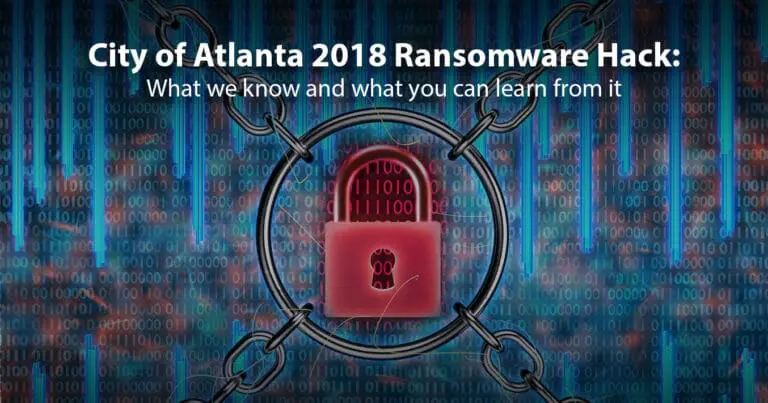City of Atlanta 2018 Ransomware Hack: What We Know and What You Can Learn From It
Raxis, an Atlanta-based penetration testing company, pieces together facts pertaining to the March 22 ransomware attack on the City of Atlanta.

Raxis, an Atlanta-based penetration testing company, pieces together facts pertaining to the March 22 ransomware attack on the City of Atlanta.
![Phishing Emails - Social Engineering [Part 1]](https://raxis.com/wp-content/smush-webp/2023/05/img-13-1-768x403.png.webp)
Raxis helps many companies avoid corporate and customer information leakage from phishing emails targeted at unsuspecting employees. Raxis COO Bonnie Smyre tells more here.